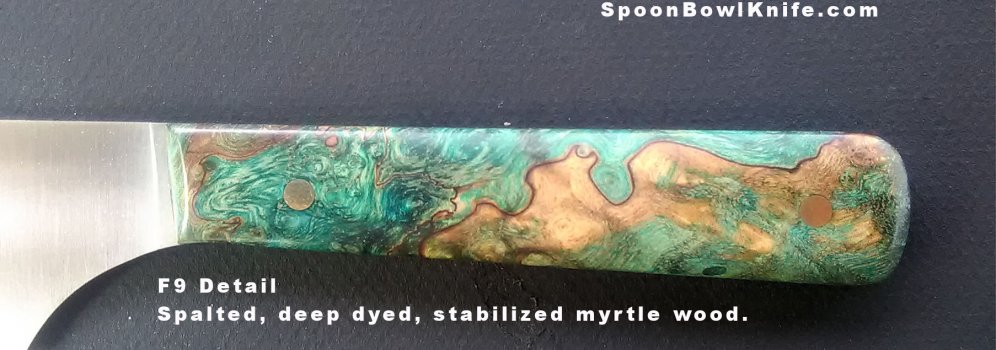Hey Dogs
I have been reading about thermally treated lumber and would like to get a bit for knife handles. As we all know there's not much real estate involved with a handle so I’m looking for something with character like curly/burly/squirrelly stuff. I have bandsaw, etc. so I could make my own scales out of a larger piece. Anyone in this friendly Dog Club recommend commercial sources for this material? Cheers, Yager
I have been reading about thermally treated lumber and would like to get a bit for knife handles. As we all know there's not much real estate involved with a handle so I’m looking for something with character like curly/burly/squirrelly stuff. I have bandsaw, etc. so I could make my own scales out of a larger piece. Anyone in this friendly Dog Club recommend commercial sources for this material? Cheers, Yager
Last edited:




